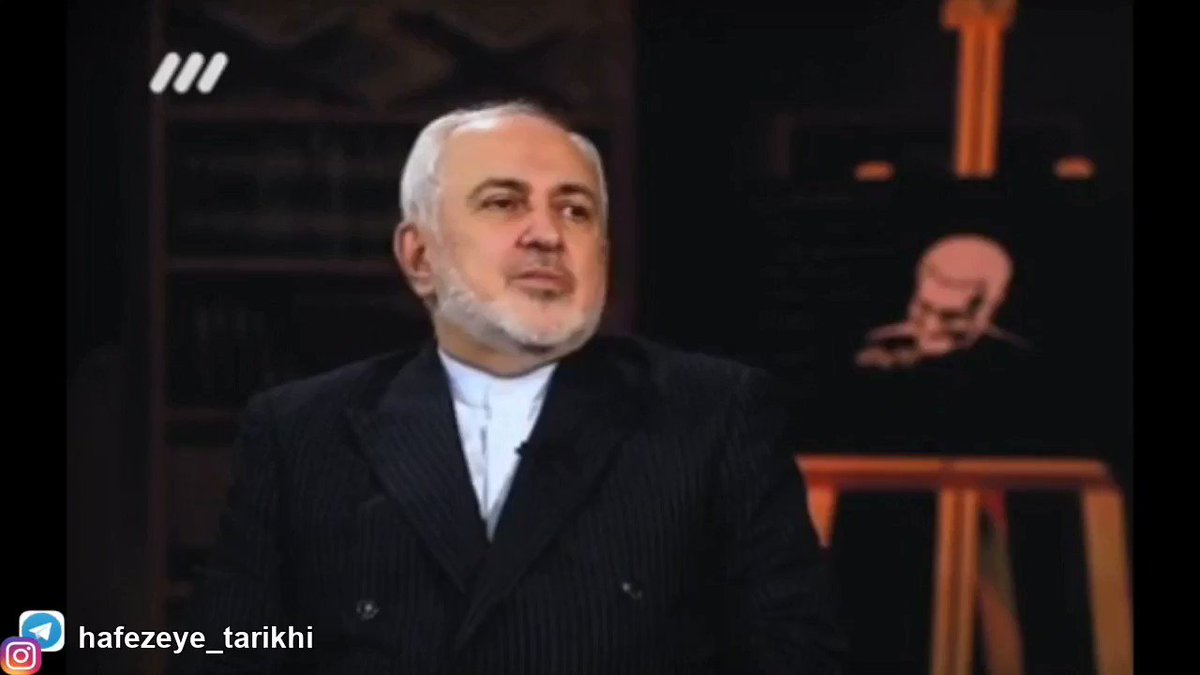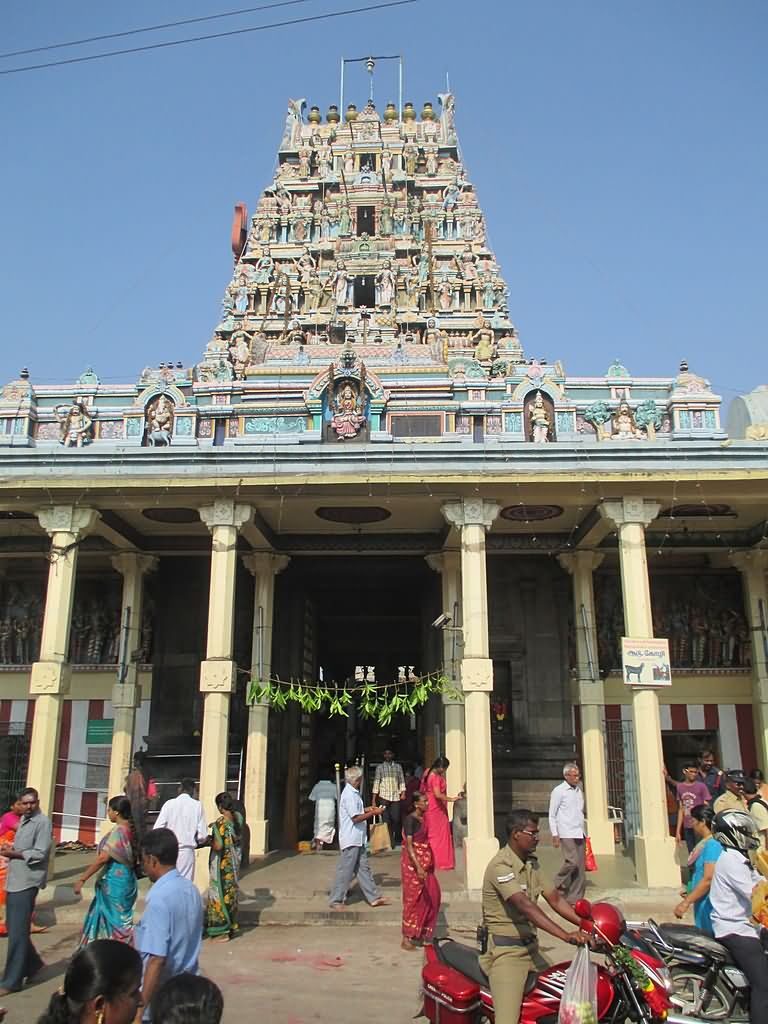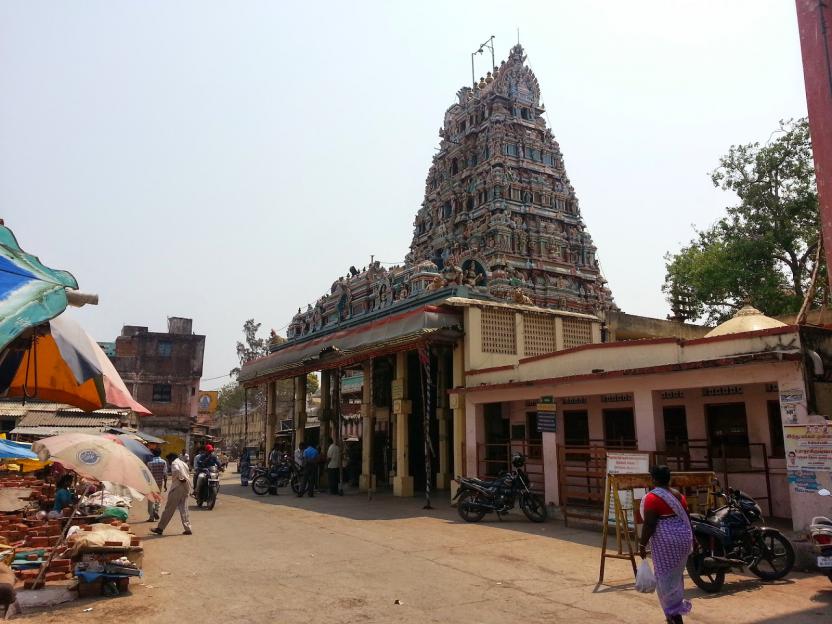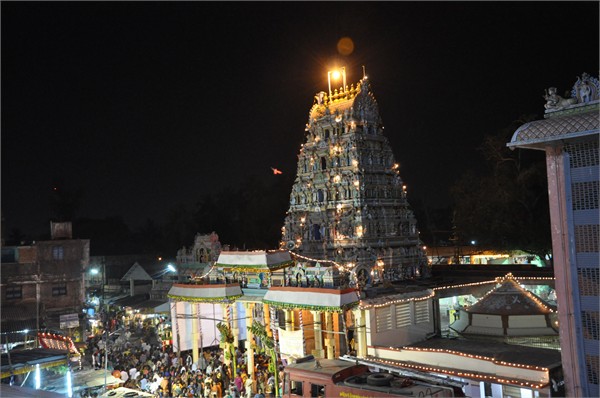1. TTP is not a monolith and does not reside in one area in Afghanistan. Its connections with sections of the Afghan establishment and TTA are old and diverse. Dealing with TTP is part of the ongoing peace process and a key Pakistani demand.
Veteran Pakistani journalist @IKPeshawar reveals in a latest TV talk show hosted by @rifatorakzai that TTP was part of the agenda of the recent visit of Pakistani Prime Minister @ImranKhanPTI to Kabul. 1/3 https://t.co/lFwI53KmLU
— Ab. Sayed (@abdsayedd) January 9, 2021
https://t.co/8lX8OLnRLf
https://t.co/yV13rMKhab
https://t.co/nnbXdorroK
More from World
⋮
Popular front day Rally in Chelari town mallappuram dist Kerala. \U0001f633 pic.twitter.com/VLrhPETzWO
— \u092e\u0939\u093e\u0935\u0940\u0930 \u091c\u0948\u0928, \u0cae\u0cb9\u0cbe\u0cb5\u0cc0\u0cb0\u0ccd \u0c9c\u0cc8\u0ca8, Mahaveer Jain (@MahaveerVJ) February 19, 2021
Tyrant Tιρµ was largely responsible for the forced conversions in Kerala. He surrounded homes of the H and forced them to convert to ιslαm, consume bεεf and be circµmcised.

Fleeing persecution from the rogue, many H fled to Tiruvanantapuram. There too, common M would now and then be enraged and wage jιhαδ on the helpless Hindu-s. The forcible conversions and desecration of our temples were the norm of the day.
⋮

T L Strange, a special commisioner of the Malabar region was appointed to enquire into the reasons for the outrages. He filed a report "Malabar Manual" in 1852 where he firmly says that the reason for the 'uprising' was M rεligιous fαnatιcism —
⋮

Moplah outrages on H was a regular occurrence in Kerala as we will show below. The most gruesome one in 1921 is what is famously referred to as such nowadays. In the aftermath of 1921, a special tribunal of 3 judges convened in Calicut.
⋮
You May Also Like
1 - open trading view in your browser and select stock scanner in left corner down side .
2 - touch the percentage% gain change ( and u can see higest gainer of today)
Making thread \U0001f9f5 on trading view scanner by which you can select intraday and btst stocks .
— Vikrant (@Trading0secrets) October 22, 2021
In just few hours (Without any watchlist)
Some manual efforts u have to put on it.
Soon going to share the process with u whenever it will be ready .
"How's the josh?"guys \U0001f57a\U0001f3b7\U0001f483
3. Then, start with 6% gainer to 20% gainer and look charts of everyone in daily Timeframe . (For fno selection u can choose 1% to 4% )
4. Then manually select the stocks which are going to give all time high BO or 52 high BO or already given.
5. U can also select those stocks which are going to give range breakout or already given range BO
6 . If in 15 min chart📊 any stock sustaing near BO zone or after BO then select it on your watchlist
7 . Now next day if any stock show momentum u can take trade in it with RM
This looks very easy & simple but,
U will amazed to see it's result if you follow proper risk management.
I did 4x my capital by trading in only momentum stocks.
I will keep sharing such learning thread 🧵 for you 🙏💞🙏
Keep learning / keep sharing 🙏
@AdityaTodmal
As a dean of a major academic institution, I could not have said this. But I will now. Requiring such statements in applications for appointments and promotions is an affront to academic freedom, and diminishes the true value of diversity, equity of inclusion by trivializing it. https://t.co/NfcI5VLODi
— Jeffrey Flier (@jflier) November 10, 2018
We know that elite institutions like the one Flier was in (partial) charge of rely on irrelevant status markers like private school education, whiteness, legacy, and ability to charm an old white guy at an interview.
Harvard's discriminatory policies are becoming increasingly well known, across the political spectrum (see, e.g., the recent lawsuit on discrimination against East Asian applications.)
It's refreshing to hear a senior administrator admits to personally opposing policies that attempt to remedy these basic flaws. These are flaws that harm his institution's ability to do cutting-edge research and to serve the public.
Harvard is being eclipsed by institutions that have different ideas about how to run a 21st Century institution. Stanford, for one; the UC system; the "public Ivys".



















